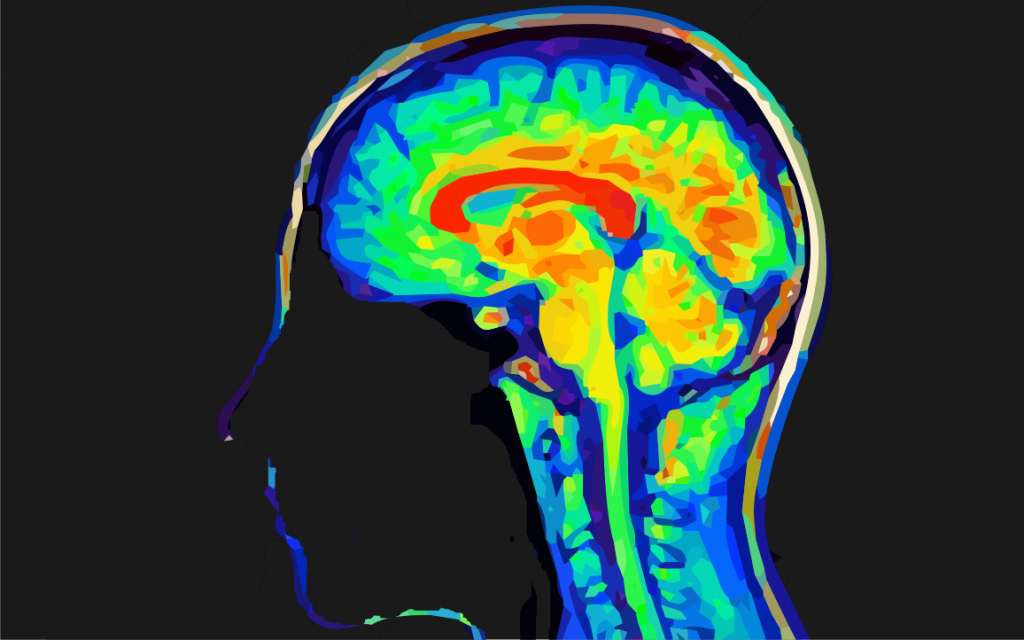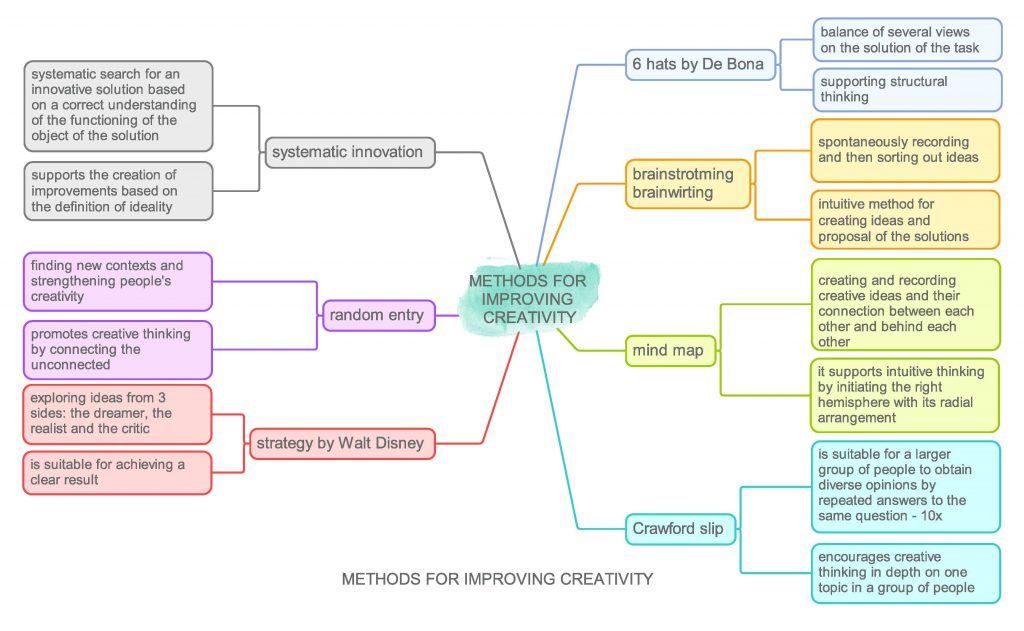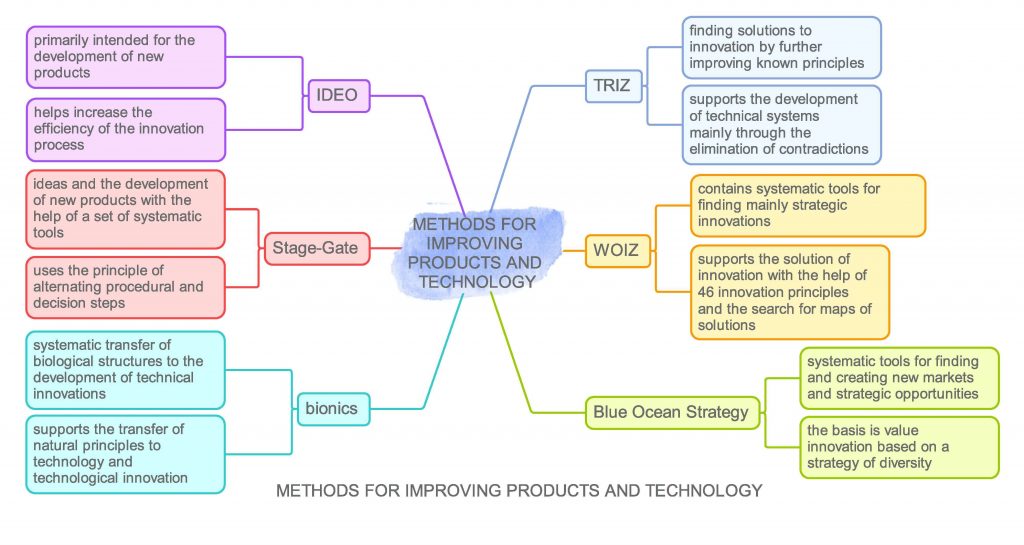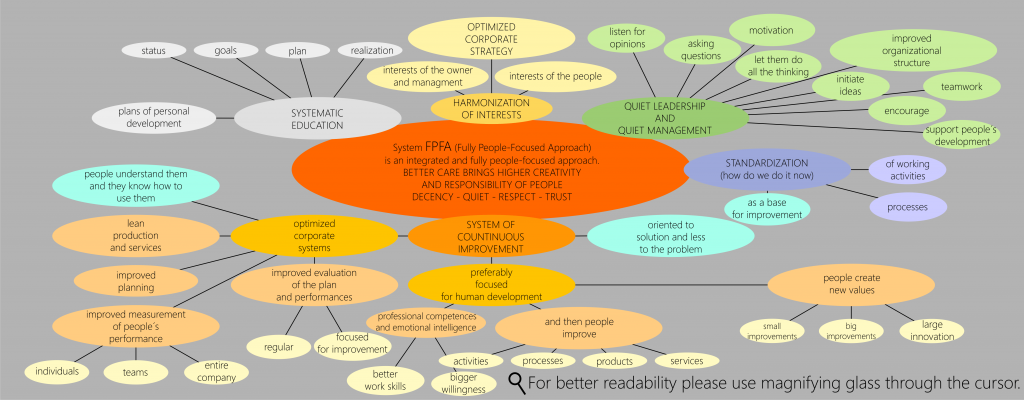Your company is established in the market and this proves that is justified and fulfilled its purpose.
The company realizes its goals, earns money and creates long-term prosperity. People do their job well and customers receive products or services on time, in good quality and at affordable prices.
Taking a deeper look inside the company, it is possible to identify day job activities and improvement activities necessary for achieving long-term prosperity.
Everything is going well, there is satisfaction and a good mood.
So cool, the evening is celebrated.
Just when the convention that everyone works good in the company, even ideally, is the best time to ask a question:
“Is there really everything in the best order”?
or:
“How do we really know, accoording what signs, that everything is okay?”

It may happen that the company is already in a bad situation, but no one sees it yet. A successful past usually obscures the need to maintain attention and vigilance. We do not see what we do not want to see and we do not hear what we do not want to hear. And key problems can grow unwatched. It’s as if we were trying to drive a car just by looking back, in the rearview mirrors. Both views, a look back to the past and a look ahead to the future should be in balance.
The reason is a natural human trait – tendency to complacency – that leads to overestimate positive results in good times.
It may happend that self-satisfaction grows to cenvince that well-made things must be keeped as they are and any change is unnecessary.
The system of continuous improvement can well serve against such a development of the situation in the company.
Systemicity and stability factors focused for improvement should the potential prevent a dramatic worsening of the situation.
When people are led to think about new solutions and improvements, it keeps them in a high level of activity and creativity. At the same time, the working methods used to apply the system of continuous improvement support the creation of basic knowledge and experience. This is an effective way to strengthen the company’s competitiveness and also increase the resistance of the company in bad times.
Methods in good times should fully support new creative thinking of people.
There are several reasons for optimism that a new conceptual and creative thinking is very efficient for increasing performance and improving people and companies. It also confirms the research findings of neuroscience.
Over the last 20 years, several important scientific discoveries have been made.
Brain neuroplasticity has been proven by scientific studies. The brain is constantly evolving body – lifetime grow and change in response to new experiences. Lifelong learning supports the creation of neuornes – brain cells and their new connections (synapsies). We already know more what´s happening in the brain.

This refuted the previous opinion that after the second year of life we only lose brain cells, because their renewal is not possible. At the same time means that a man by learning and getting experience can be changed and formed by itself at its own conscious decision, until old age. Systematic education is therefore a powerful tool for improving mental skills and then also increasing creativity and overall performance of humans.
In addition, two other major scientific discoveries have seen the light of day – epigenetic and the discovery of the telomere.
Epigenetic shows that we can “switch on” and “switch off” our genes in chromosomes of cells. In this way, we can influence our genetic heritage in various matters, such as a property to certain diseases.
The discovery of the telomeras and the telomerase enzyme, which correctes them, has been awarded a nobel prize. With this discovery, it was found that stress affects the length of the telomere, which is directly related to human life expectancy. It is promising that while negative stress causes telomere shortening, positive stress prolongs them. You need to turn a negative “threat” type stress into a “challenge” positive stress and prolong your life.
It is essential to find that a man by its conscious behavior can affect quality and even the length of its life.
You need to think what we feel, what we think about and what we do because this is what we are becoming.
The following two figures show several methods that can be used for different improvement purposes.


We are ready to cooperate with you in choosing methods for improvement and in their effective application in your corporate practice.
All of these, as well as other sophisticated methods, are essentially an improvement on the calm and polite conversation of two or more people about what needs to be done for the better prosperity of the company. It is certainly not necessary to study demanding methods in order to work on systematic improvement.
The easier, the better.

Please note that the core of our comprehensive FPFA® continuous improvement system is an approach to people based on four principles: decency – calmness – respect – trust.
Our experience shows that these parts of human relationships form a good basis for building a creative work atmosphere. And that’s what improvement is all about, looking for new ideas, new solutions, new products and services.
The FPFA® system as such as it is, is actually a method of integral solutions to continuous improvement in the company.
In short, it is meant as follows:
The basis of all events in the company is the realization of the owner´s interests. Therefore, attention must be paid to aligning the interests of the owner and management of the company with the interests of the people.
Harmonization of interests then forms the basis for the creation and implementation (or optimization) of the company’s strategy.
Leadership and management are the main driving forces for the implementation of the company’s strategy. They are supported by a well-established organizational structure, en effective people motivation and teamwork.
Standardization of activities and processes forms the basis for continuous improvement. Recording what is currently being done in the company allows you to measure and evaluate whether the new solution is really better than the original. If so, the new solution becomes the standard until the next change.
The system of continuous improvement consists of several documented modules, which are developed in accordance with the needs of the company and form a balanced whole. Supporting of priority improvement of people leads then to people are improving everything needed – activities, processes, products, services. Systematic growth and development of people means improving professional competences and emotional intelligence. The result is better skills and greater willingness of people who have an increasing tendency (in the form of an upward spiral).
Optimized business systems can consist of the above-mentioned planning and evaluation systems of plan performance, measurement of people´s performance (productivity), teams and the entire company. A lean manufacturing business system, or some of its subsystems, may also be included. Of course, it mainly depends on your choice of business systems that best meet the needs of your company.
Systematic education is the engine of every change. It focuses on the current state, objectives, plan and implementation of education, which are repeated cyclically but still at a higher level.
Personal development plans of each worker are the result of a sequence of steps of systematic improvement of people. The personal development plan contains an agreement between the company and the employee – what who will do to implement the company’s strategy. Therefore, people’s personal development plans need to be updated at the same time as the strategy.
And this begins another cycle of continuous systematic improvement.
A systematic approach is understood here in the sense of:
Thoughtful – planned – organized – regular.
Continous systematic improvement can be imagined as gems that lie on the ground, everywhere – in the workshop, in the office, but can not be seen. They need to be found and collected.
What to do for it?
We are here for you to find it together.